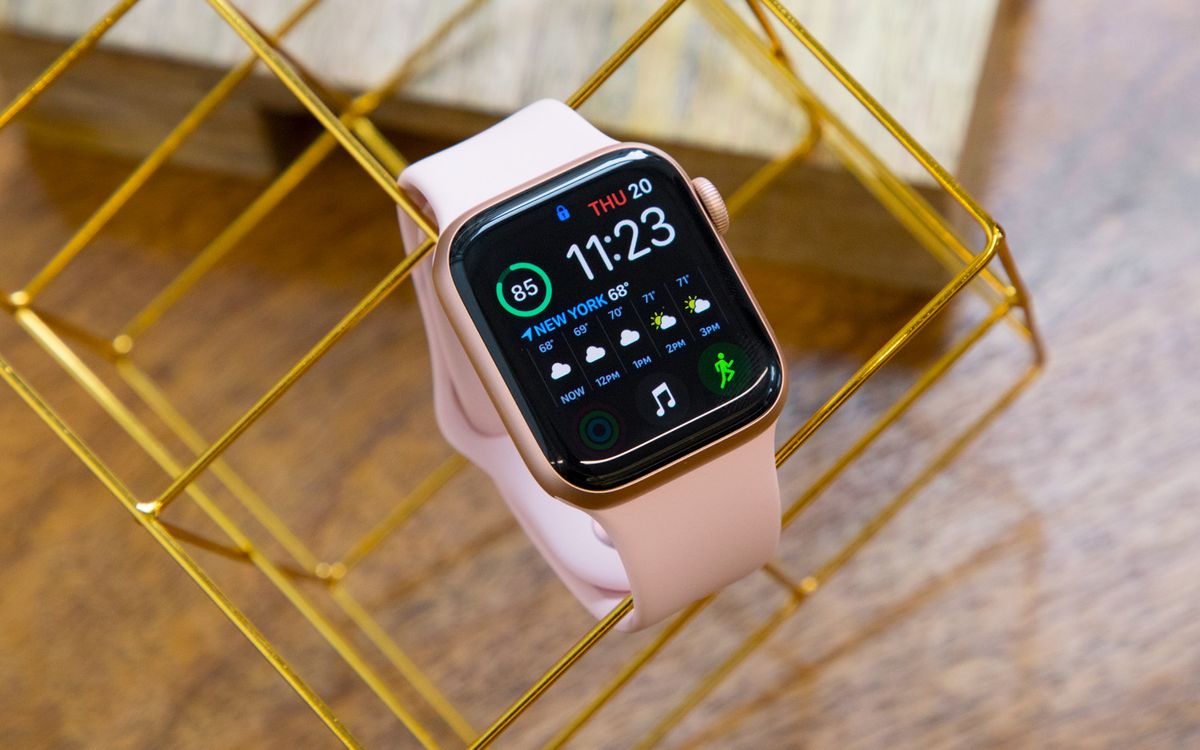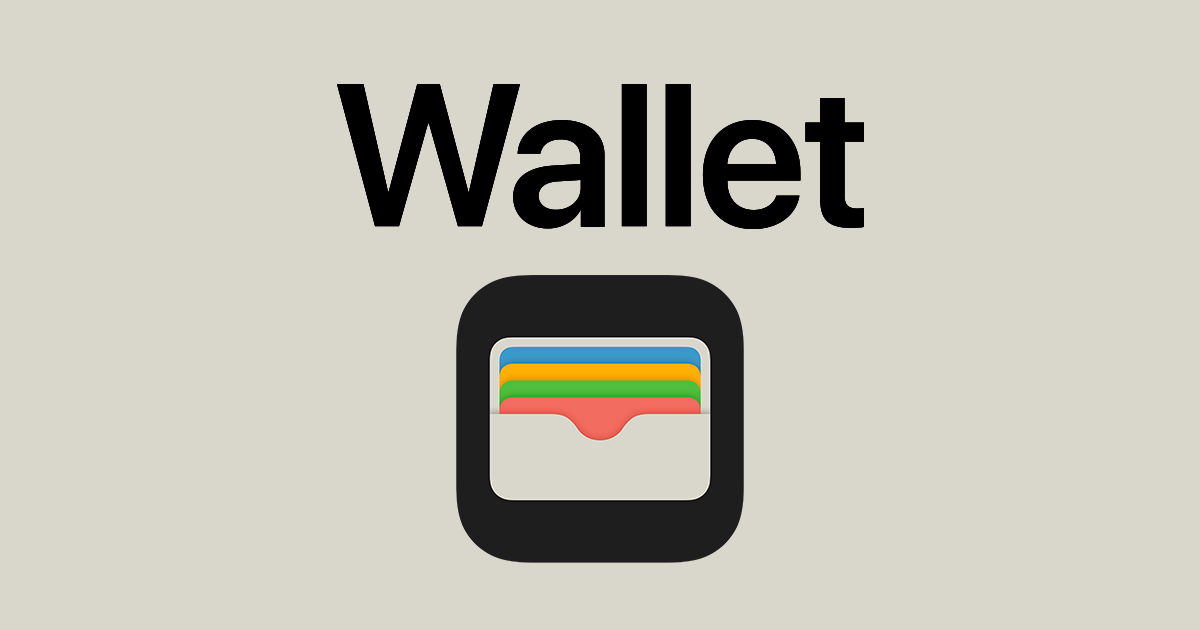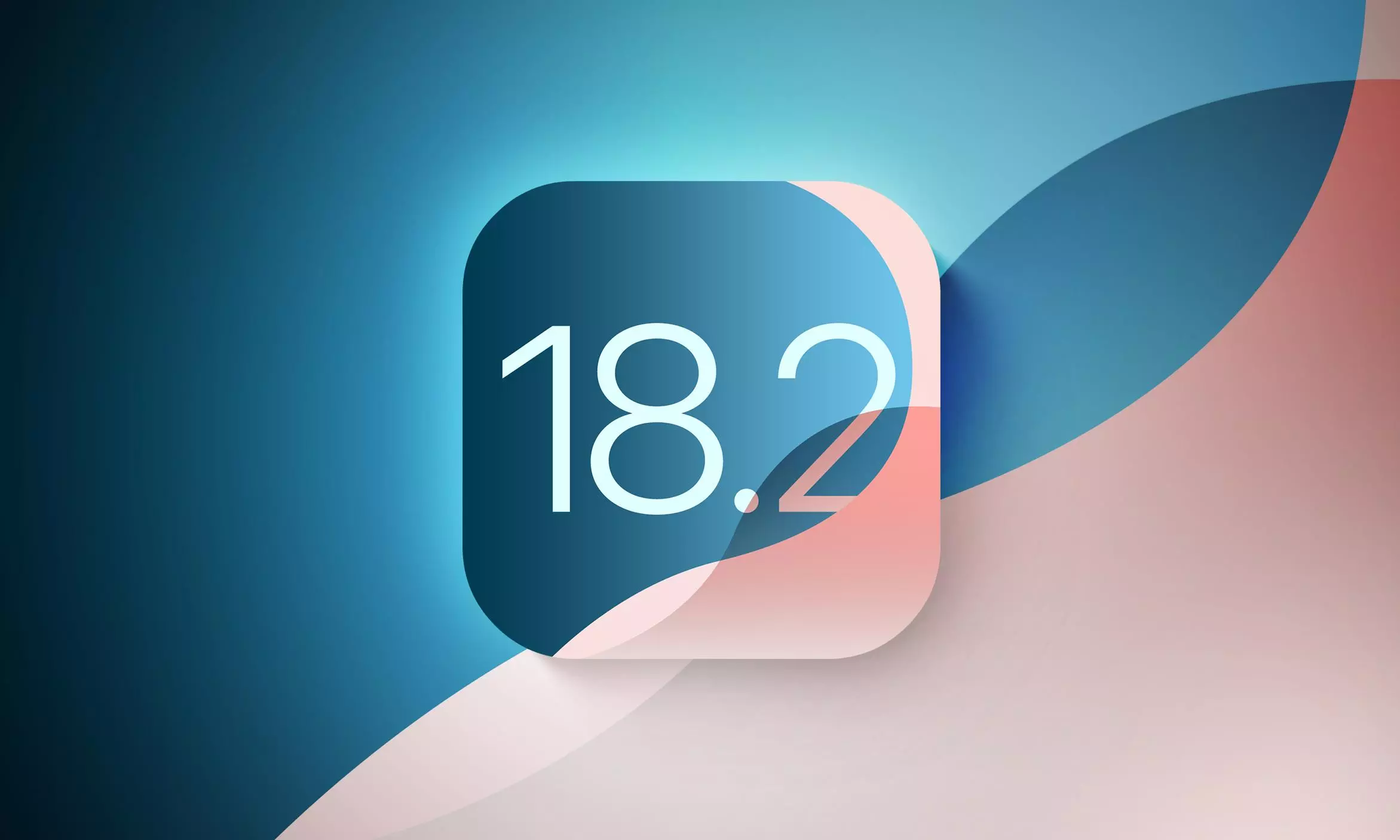The buzz around iOS 18 has been dominated by Apple Intelligence, and rightfully so. It’s a game-changer. However, beneath the surface of this AI revolution, Apple has quietly been developing a suite of features that promise to enhance the user experience in significant ways. These additions, while not as flashy as AI-powered functionalities, address practical needs and offer increased user choice and convenience. Let’s delve into some of these exciting upcoming features slated for release in future iOS 18 updates.
Empowering User Choice: Default Apps in the EU
A significant shift is on the horizon for iPhone and iPad users within the European Union. In response to the Digital Markets Act, Apple has committed to offering greater flexibility in app selection. Starting in the spring of 2025, likely coinciding with the release of iOS 18.4 and iPadOS 18.4, users will gain the ability to designate default navigation and translation apps.
Imagine being able to seamlessly switch between Apple Maps and Google Maps, choosing the navigation app that best suits your needs for a particular journey. Or consider the convenience of setting Google Translate or Microsoft Translator as your go-to translation tool, depending on your language preferences or specific translation requirements. This newfound freedom will empower users to tailor their devices to their individual workflows and preferences.
This change will be implemented through the “Default Apps” section within the Settings app, a feature introduced in iOS 18.2. This centralized location will provide a straightforward interface for managing default app preferences, ensuring a smooth and intuitive user experience. This move marks a significant step towards greater user control and customization within the iOS ecosystem.
Streamlined Finances: PayPal Integration in Apple Wallet
Managing finances on the go is about to get even easier for U.S. iPhone users. Apple has announced plans to integrate PayPal balance viewing directly within the Wallet app. This integration will allow users to conveniently check their PayPal balance when using their PayPal debit card, eliminating the need to switch between apps.
This feature, anticipated to launch sometime in 2025, could arrive as part of a future iOS 18 update. The integration promises to simplify everyday transactions and provide a more unified financial overview within the Wallet app. It’s a small but significant improvement that underscores Apple’s commitment to enhancing user convenience.
Smart Home Evolution: Robot Vacuum Control in the Home App
The smart home is becoming increasingly integrated into our daily lives, and Apple is continuing to expand the capabilities of its Home app. One of the most anticipated additions is support for robot vacuums. This feature, already hinted at on Apple’s website and with code references found in iOS 18.3, promises to bring a new level of control and automation to cleaning routines.
Imagine controlling your robot vacuum directly from the Home app, initiating cleaning cycles, adjusting settings, and even checking the device’s status, all from a single, unified interface. This integration will not only simplify control but also enable seamless integration with other smart home devices and automations.
Apple has provided a glimpse of the functionality, stating that the Home app will support core features such as power control, cleaning mode selection (including vacuuming and mopping), and charge status monitoring. Furthermore, robot vacuums will be able to participate in automations and scenes, allowing for complex cleaning routines triggered by other smart home events. Voice control via Siri will also be supported, enabling hands-free operation and integration with voice-activated routines. For example, you could tell Siri to “do some spot cleaning in the living room,” and your robot vacuum would spring into action.
While the feature is not yet live, its presence in iOS 18.3 code suggests that it is nearing release, possibly in a subsequent update. This addition promises to significantly enhance the smart home experience and further solidify the Home app as a central hub for controlling and managing connected devices.
These upcoming features, while overshadowed by the focus on Apple Intelligence, represent important enhancements to the iOS ecosystem. They reflect Apple’s ongoing commitment to user choice, convenience, and seamless integration, ensuring that iOS 18 continues to evolve as a powerful and user-friendly mobile operating system.





